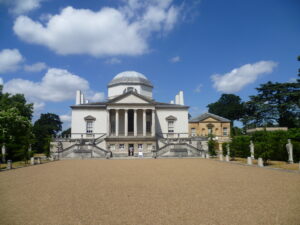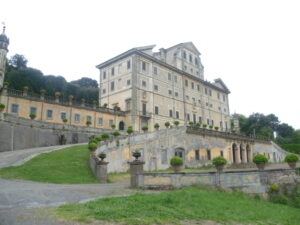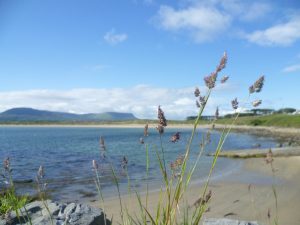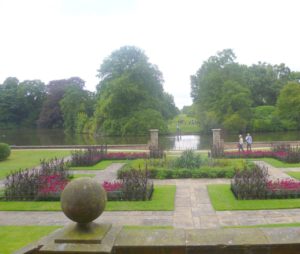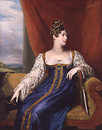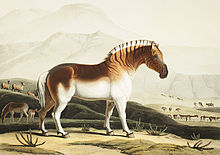Frances Hodgson Burnett’s 1911 novel The Secret Garden was described by the writer Marghanita Laski as ‘the most satisfying children’s book I know.’ I first read it when I was about 8 and I continued to read it throughout my childhood – and I still read it from time to time – always with pleasure. Interestingly, back in 1911, the book did not make much impression on the public (it wasn’t even mentioned in the author’s obituary in The Times in 1924) but gradually, over the years, it has acquired a host of devoted readers – including myself. It is now viewed as her masterpiece.
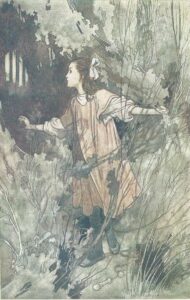
Frontispiece: Mary discovers the doorknob to the Secret Garden
Continue reading Frances Hodgson Burnett: The Secret Garden
Please share this page...
